If you’re here I suppose you know what freelensing technique is! Anyway, in very few words: using a lens disconnected from the camera body you can achieve results that are quite similar to those created with a tilt-shift lens but in a less-prevedible way, and often with stupidly low contrast and awkward flare! If you want to know something about the optic rule that is at the base of this tecnique keep a tour on Google, searching for scheimpflug principle (I know it could be annoying, so I did it for you! 😉 )
I started shooting with freelensing technique 5 years ago. I discovered this shooting technique on Internet and I immediatly found it funny. At that time I had a 50mm F1,4 AFD but it was quite difficult to use due to fact that the rear element has big dimension . Moreover, it was difficult to take focus over two or three meters far from the camera. Detaching the lens from the body you’ll discover immediatly that the focus to infinity is lost. When I sold that lens for the newest 50mm F1,4 AF-s, I lost interest for the freelensing technique. …untill I read this post from Sam Hurd. Sam is a crazy guy with a great interest for everything can give a particular, innovative, “out-of-the-scheme” mood to his photos. In a nutshell, to reach crazy angles he disassembled the flange from a cheap 50mm F1,8 AFd. But I never liked that lens, is too blurry for me and the out of focus area are not so charming. To make some tests I bought an old 50mm F1,2 ai. This lens has an incredible bokeh when used wide open, but the rear lens is too big, and also disassembling the flange the angles you can reach are not so impressive. Moreover, to destroy a 400€ lens seems damned insane! I decided to sold it and try with another old-school lens, a 50mm F1,4 Ai. I bought it used for a low price but I was lucky to find a well conserved, very sharp sample. So sharp on my D800 that seemed silly to disassembly it removing the flange… But not silly enought for stopping me! Yeah! I consider this one the best lens for freelensing use!
Before you begin, just two warnings:
- don’t be afraid about sensor dirty
- be careful because you can easily hit the mirror of your camera …
Here following you can find what I did (quite simple, it’s almost the same that Sam did), and some picture I took with my new toy-lens in my last trip in Sevilla, Spain, with my gorgeous wife Daniela and our two little miracles, Matteo and Arianna.
- Wedding photography tuscany florence freelensing tecnique 34
- Wedding photography tuscany florence freelensing tecnique 362
- Wedding photography tuscany florence freelensing tecnique 37
- Wedding photography tuscany florence freelensing tecnique 35
- Wedding photography tuscany florence freelensing tecnique 38
- Wedding photography tuscany florence freelensing tecnique 39
- Wedding photography tuscany florence freelensing tecnique 40
- Wedding photography tuscany florence freelensing tecnique 41
- Wedding photography tuscany florence freelensing tecnique 42
- Wedding photography tuscany florence freelensing tecnique 43
- Wedding photography tuscany florence freelensing tecnique 44
- Wedding photography tuscany florence freelensing tecnique 451
- Wedding photography tuscany florence freelensing tecnique 461
- Wedding photography tuscany florence freelensing tecnique 473
- Wedding photography tuscany florence freelensing tecnique 1
- Wedding photography tuscany florence freelensing tecnique 2
- Wedding photography tuscany florence freelensing tecnique 3
- Wedding photography tuscany florence freelensing tecnique 4
- Wedding photography tuscany florence fotografo matrimonio firenze 1001
- Wedding photography tuscany florence freelensing tecnique 5
- Wedding photography tuscany florence freelensing tecnique 6
- Wedding photography tuscany florence freelensing tecnique 7
- Wedding photography tuscany florence freelensing tecnique 8
- Wedding photography tuscany florence freelensing tecnique 9
- Wedding photography tuscany florence freelensing tecnique 10
- Wedding photography tuscany florence freelensing tecnique 11
- Wedding photography tuscany florence freelensing tecnique 12
- Wedding photography tuscany florence freelensing tecnique 13
- Wedding photography tuscany florence freelensing tecnique 14
- Wedding photography tuscany florence freelensing tecnique 15
- Wedding photography tuscany florence freelensing tecnique 16
- Wedding photography tuscany florence freelensing tecnique 17
- Wedding photography tuscany florence freelensing tecnique 18
- Wedding photography tuscany florence freelensing tecnique 19
- Wedding photography tuscany florence freelensing tecnique 20
- Wedding photography tuscany florence freelensing tecnique 21
- Wedding photography tuscany florence freelensing tecnique 22
- Wedding photography tuscany florence freelensing tecnique 23
- Wedding photography tuscany florence freelensing tecnique 24
- Wedding photography tuscany florence freelensing tecnique 25
- Wedding photography tuscany florence freelensing tecnique 26
- Wedding photography tuscany florence freelensing tecnique 27
- Wedding photography tuscany florence freelensing tecnique 28
- Wedding photography tuscany florence freelensing tecnique 291
- Wedding photography tuscany florence freelensing tecnique 32
- Wedding photography tuscany florence freelensing tecnique 33
- Wedding photography tuscany florence freelensing tecnique 31
- Wedding photography tuscany florence freelensing tecnique 301
And here you can see what’s in my bag when I leave to photograph a wedding

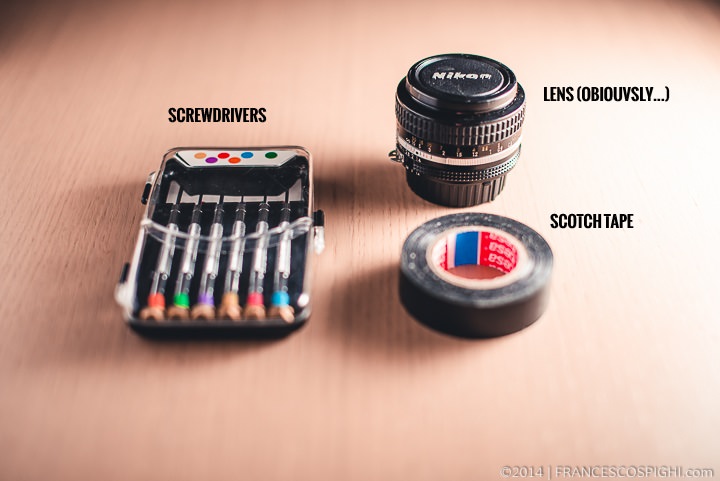
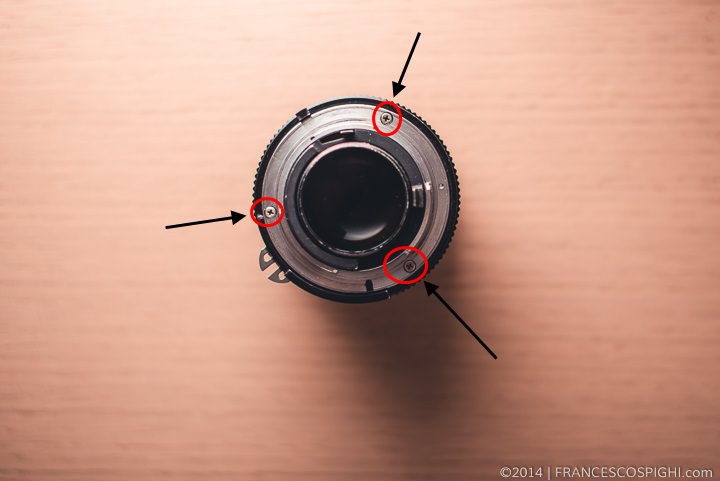
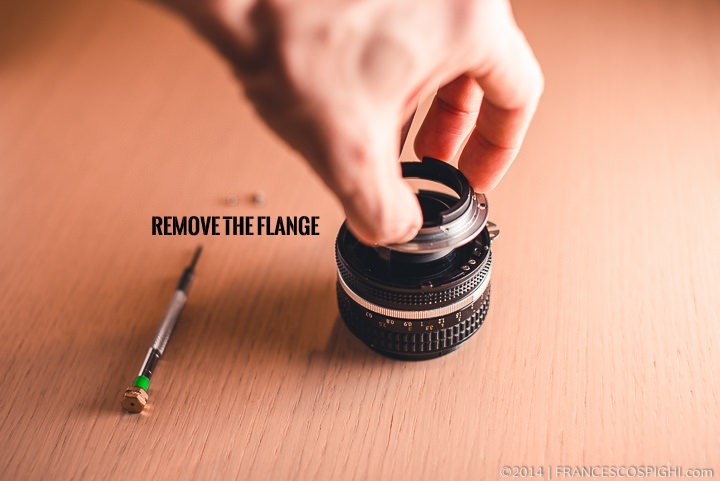
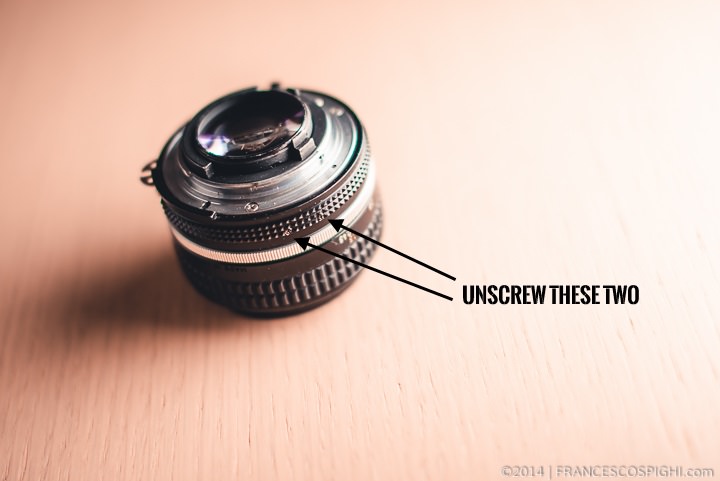

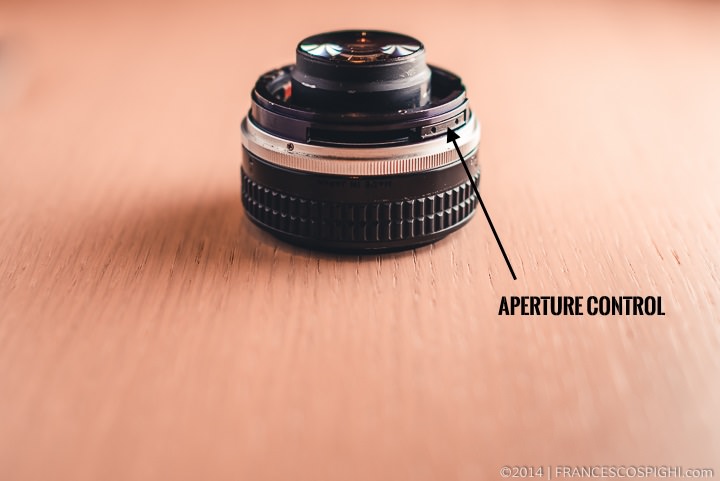
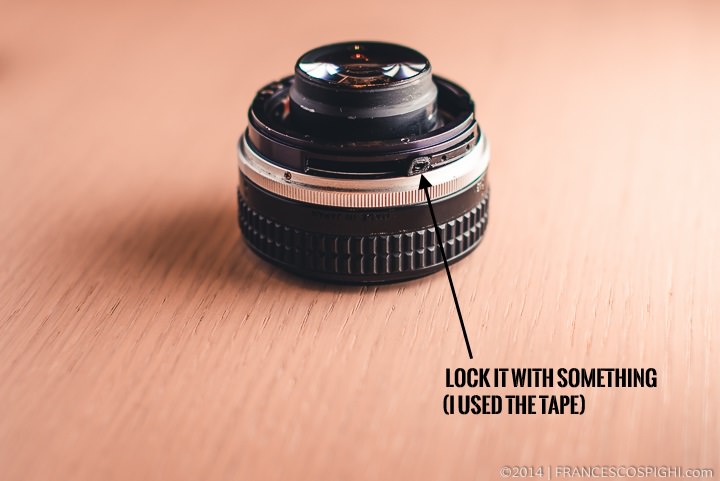
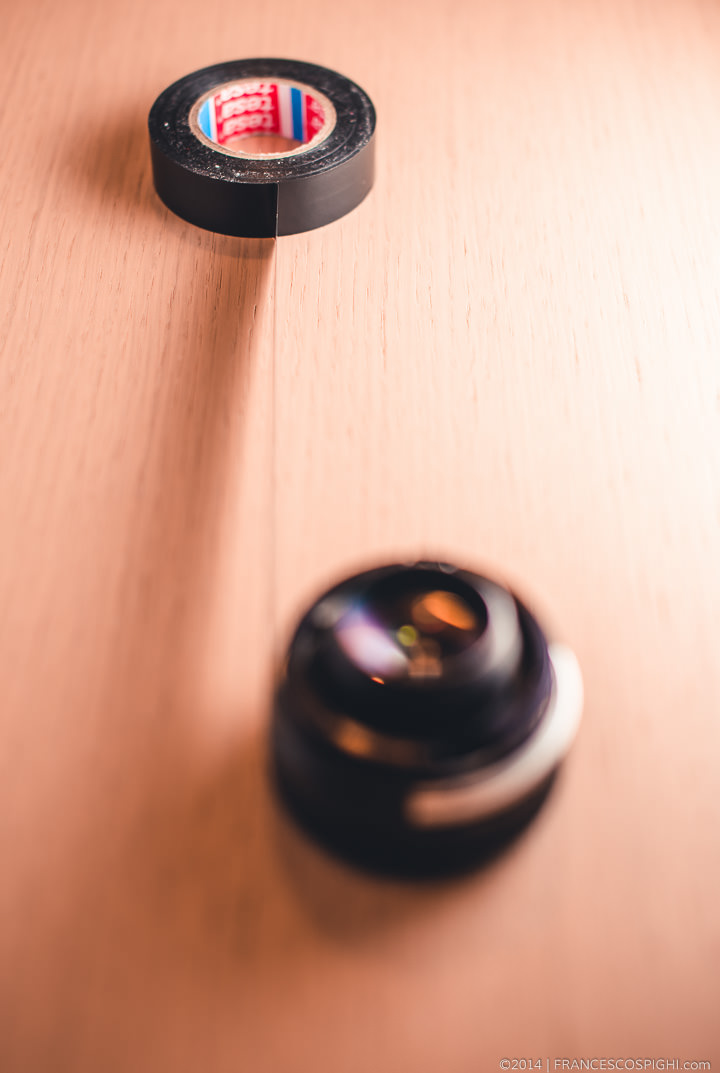
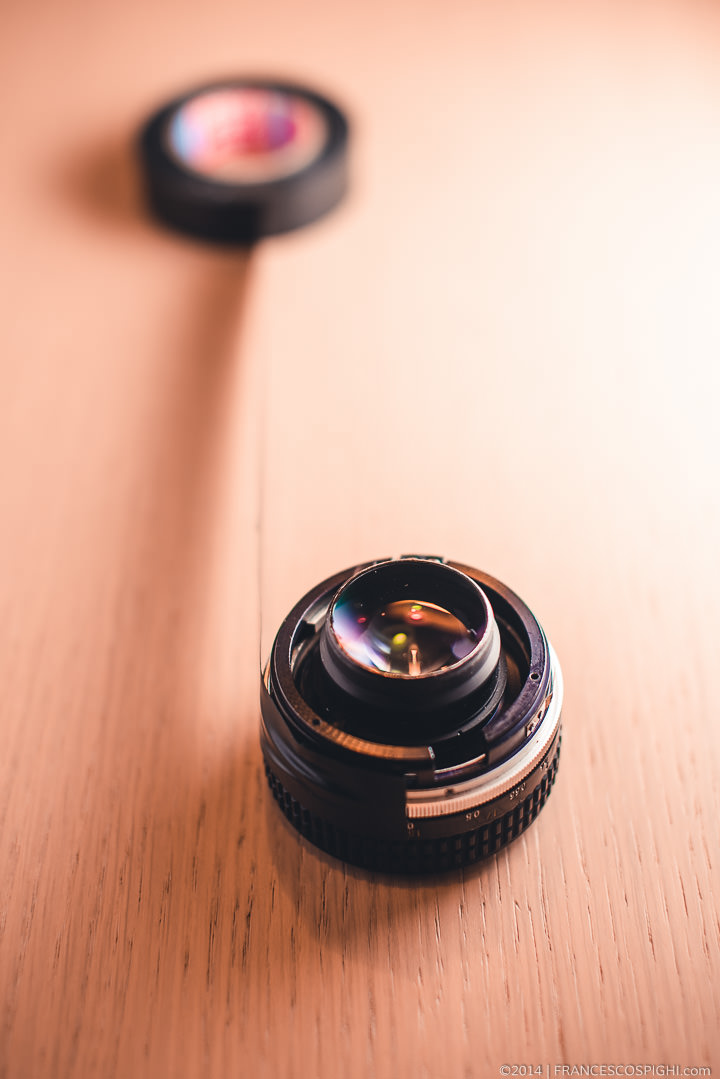
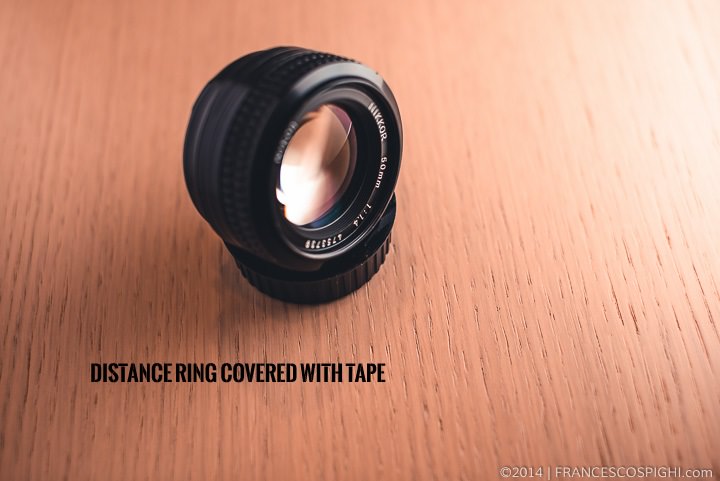
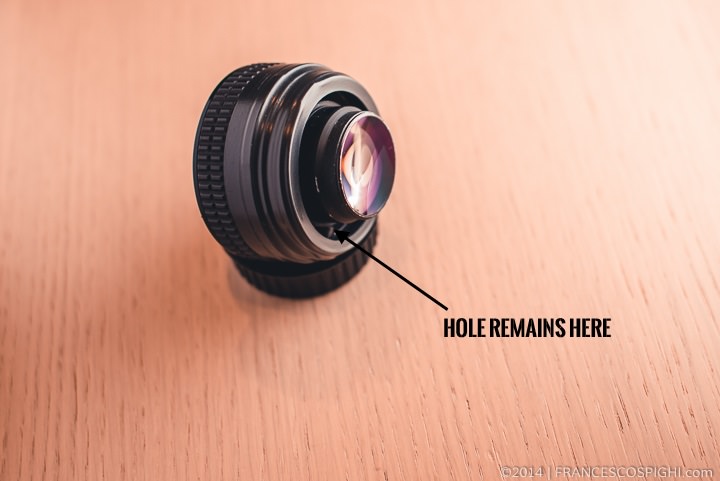


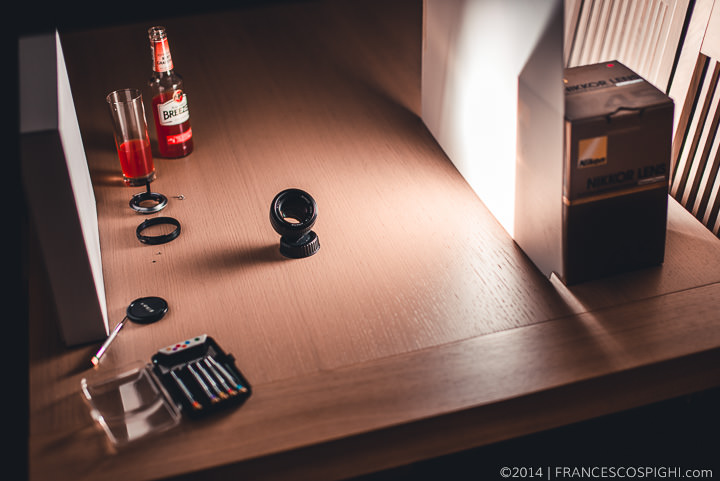
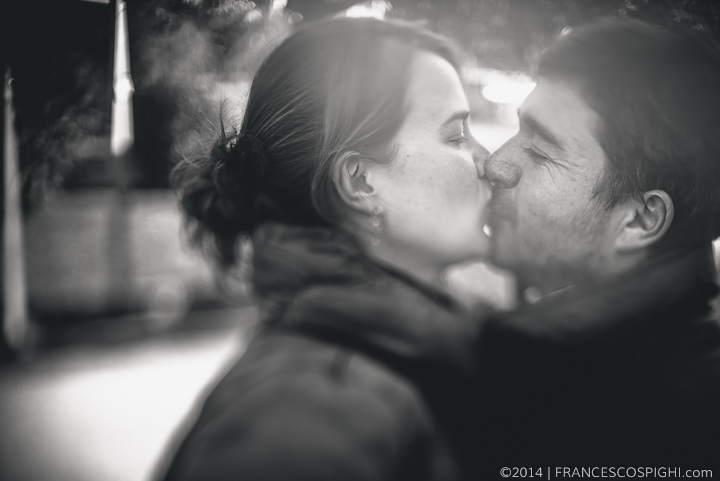
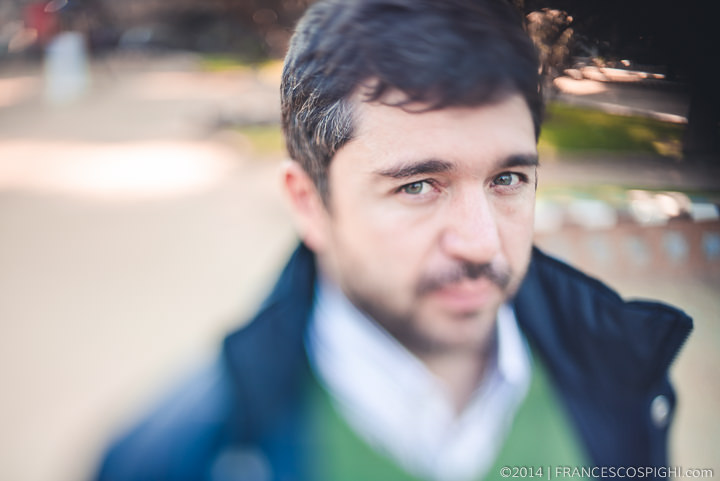
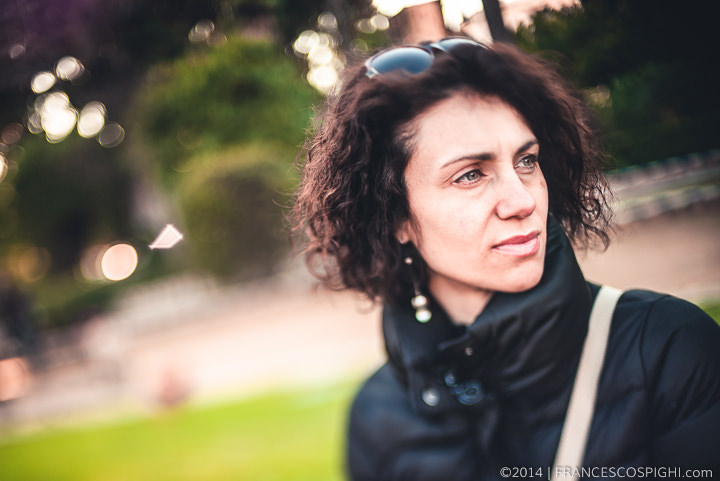
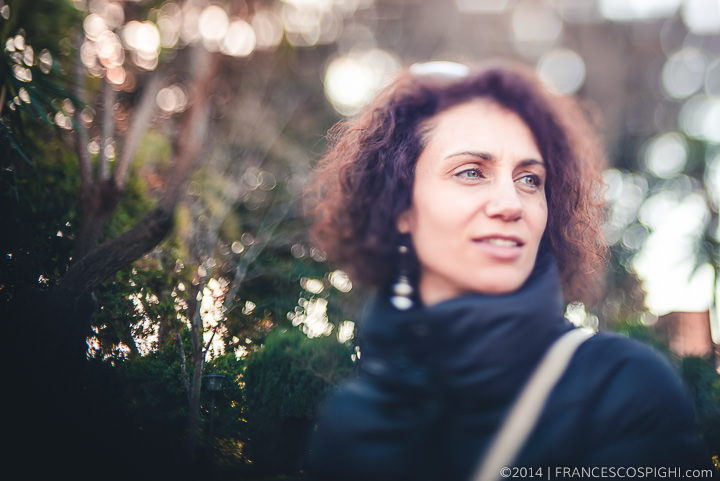
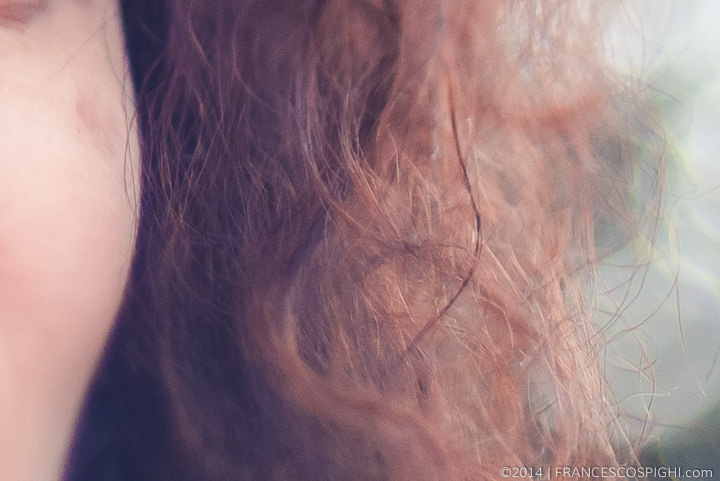
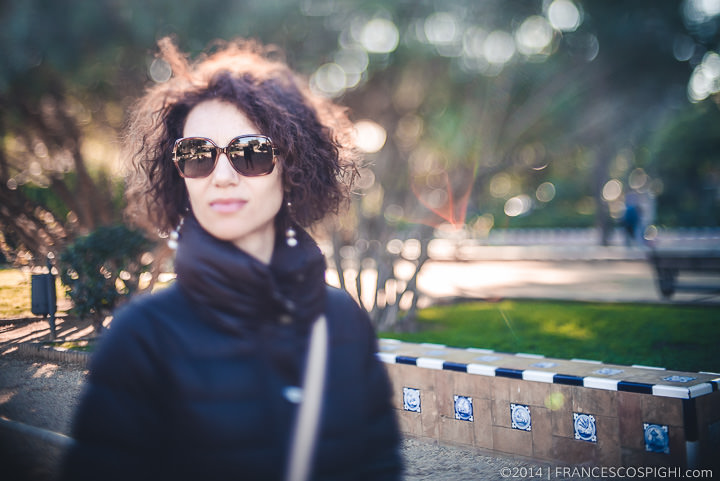
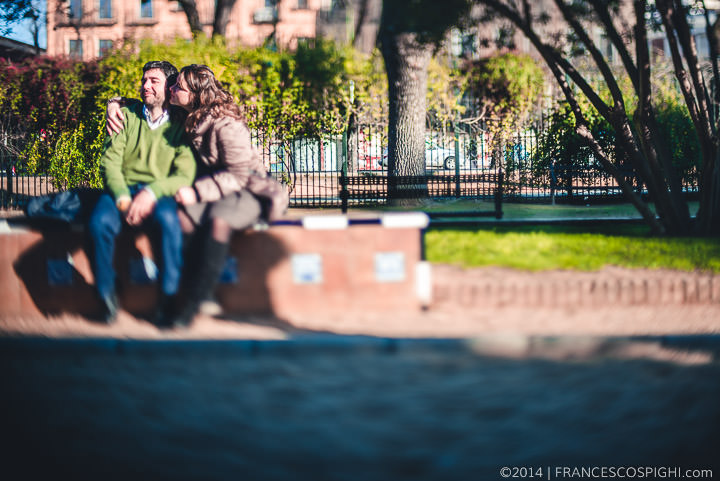
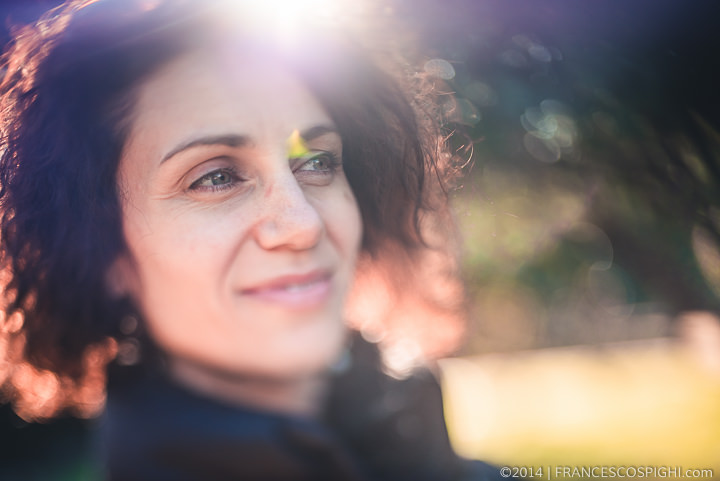
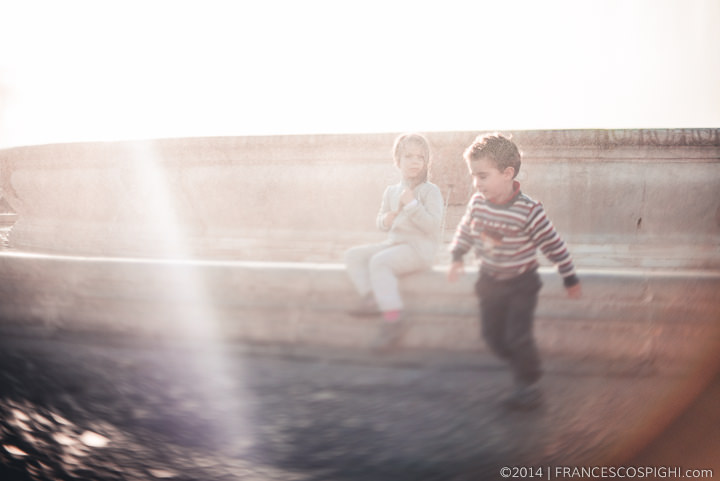
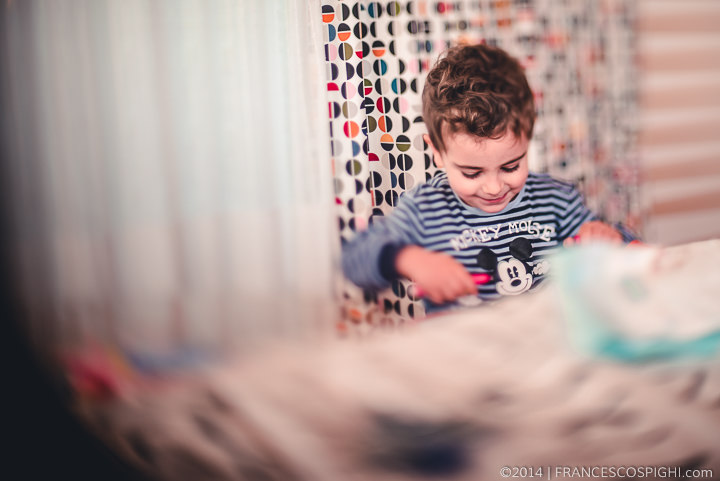
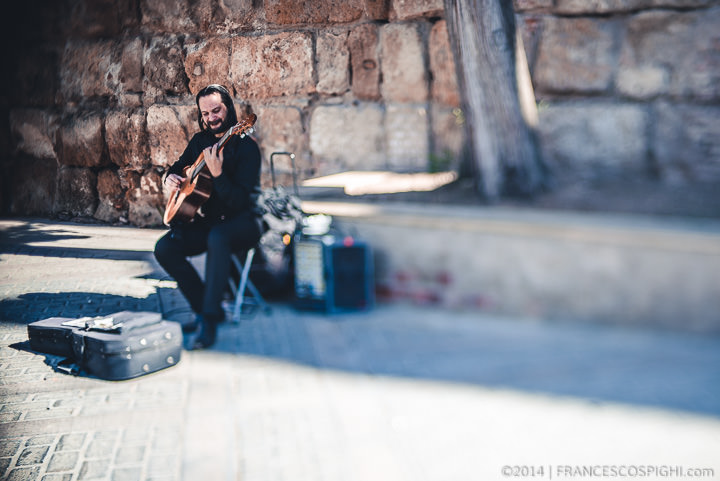
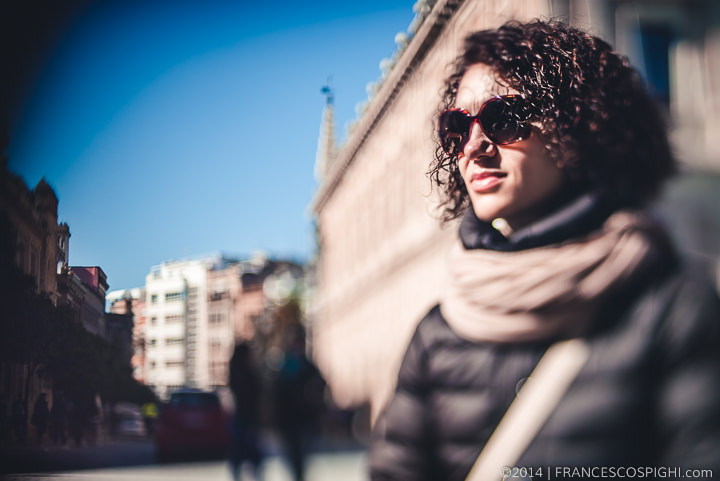


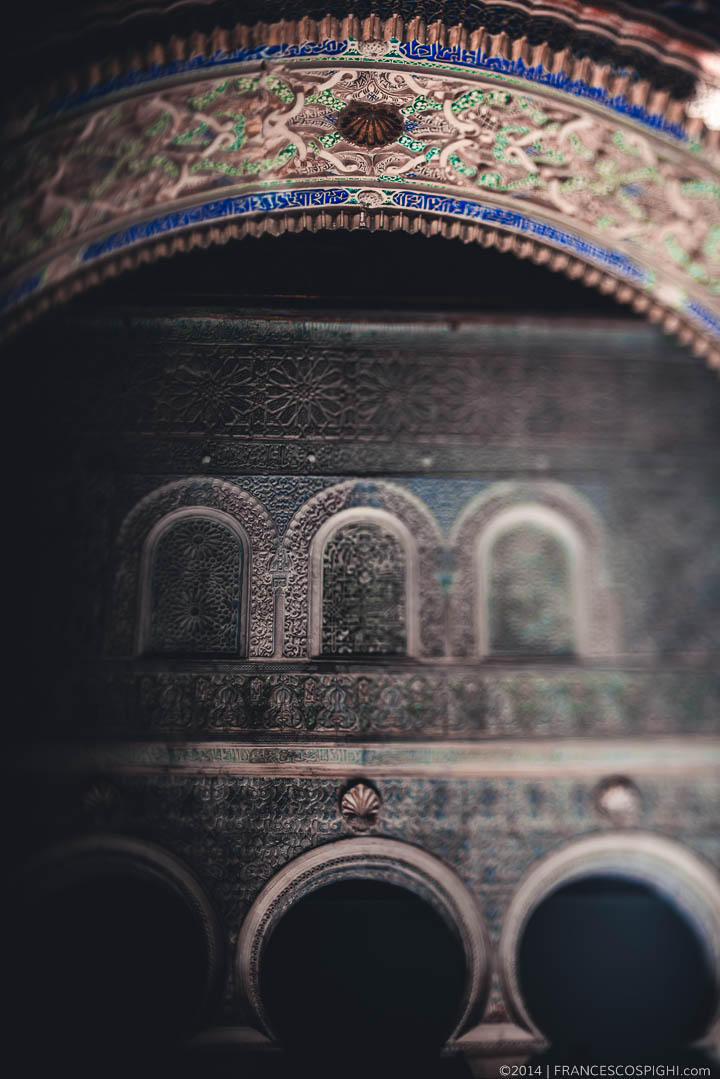
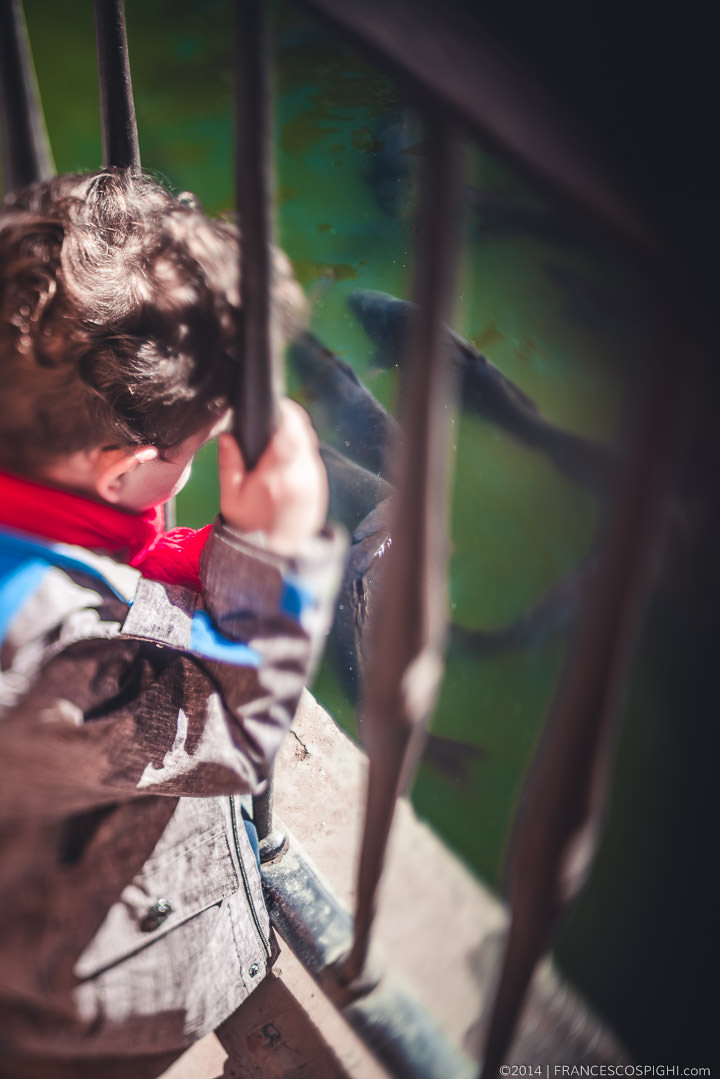

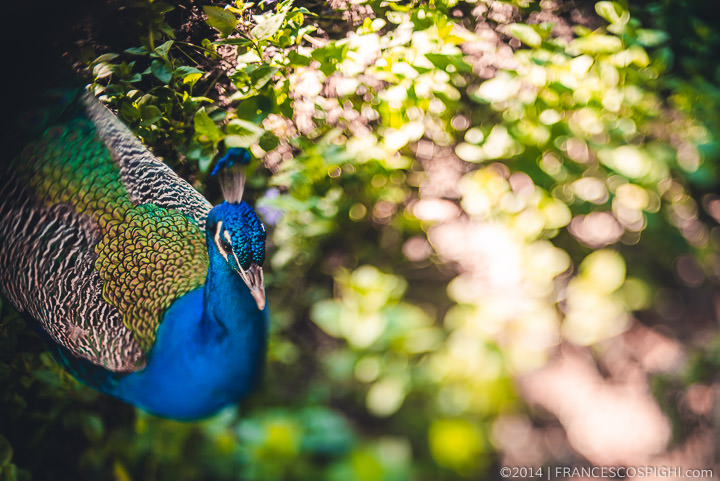
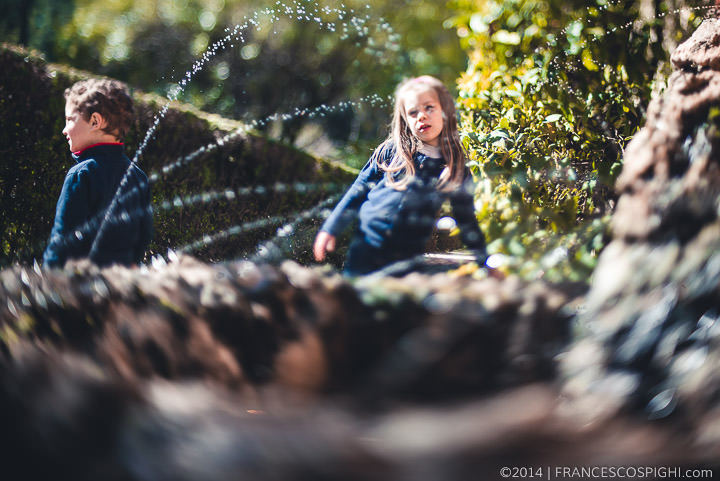
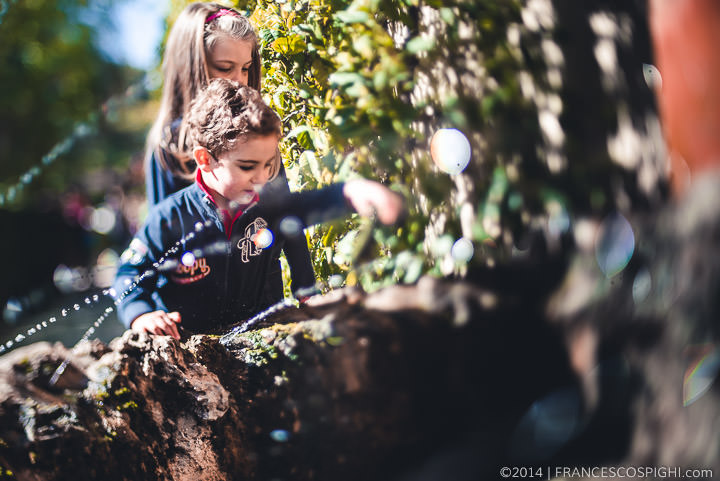
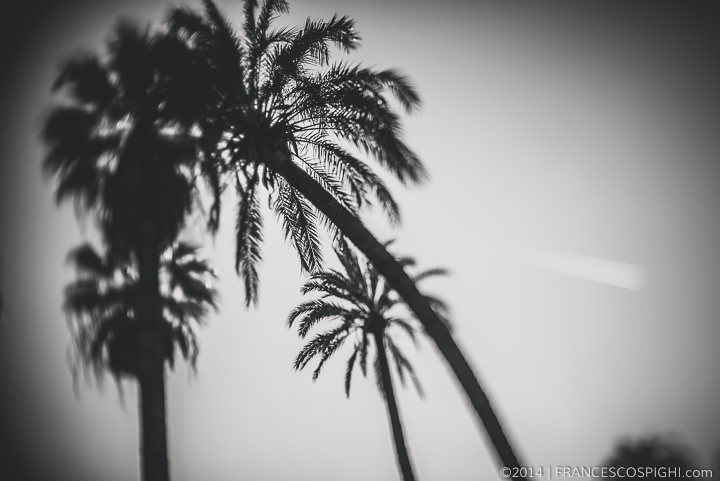
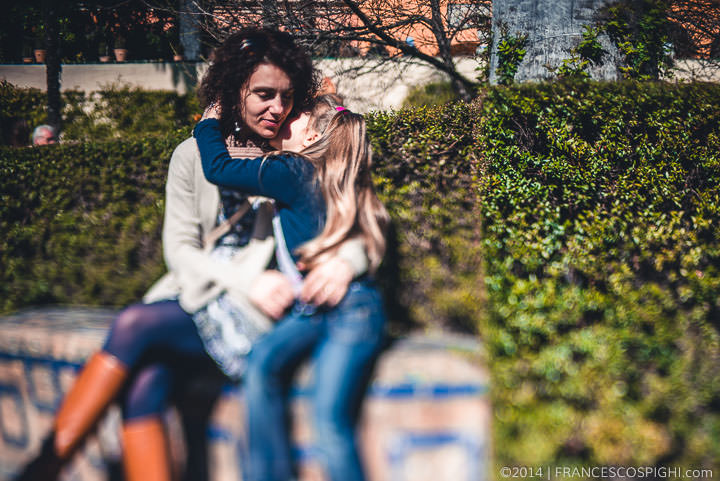
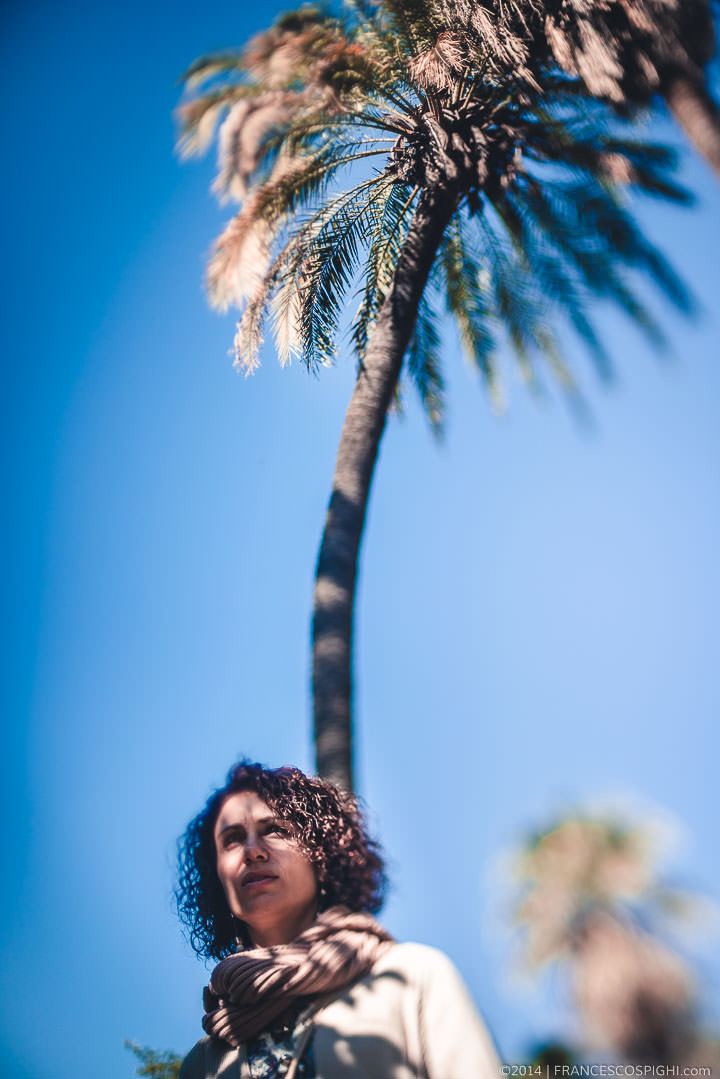


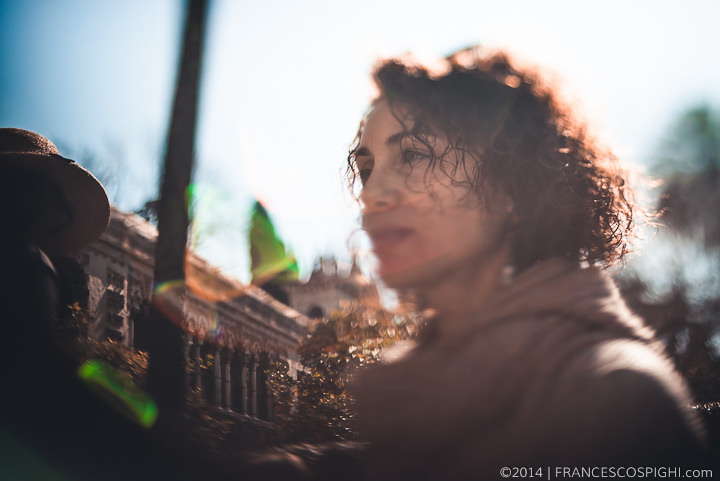

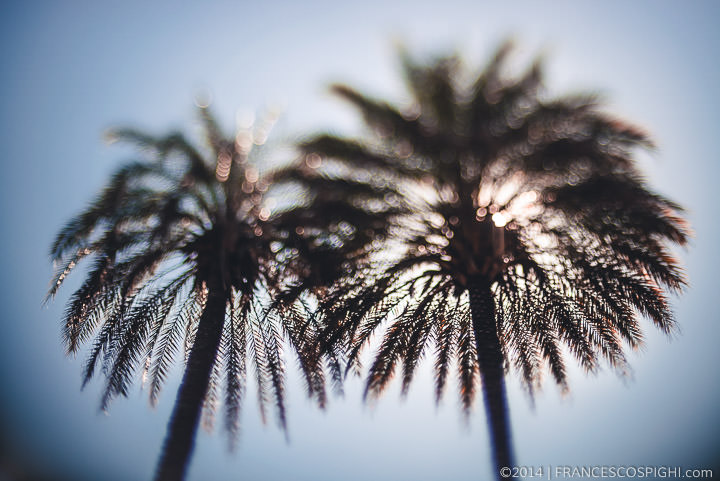
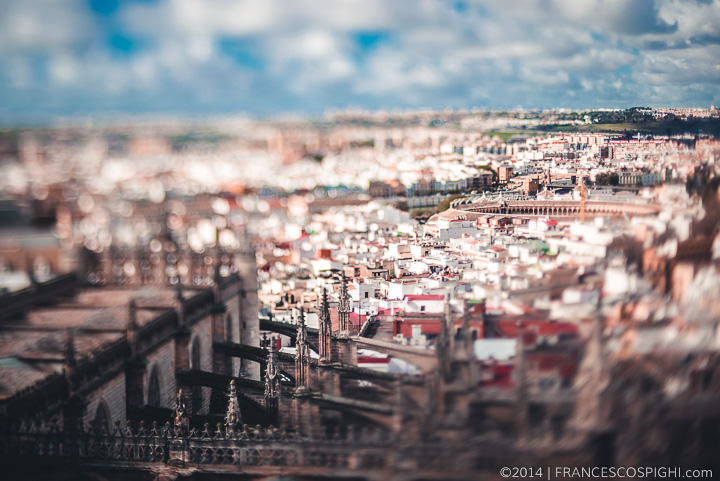
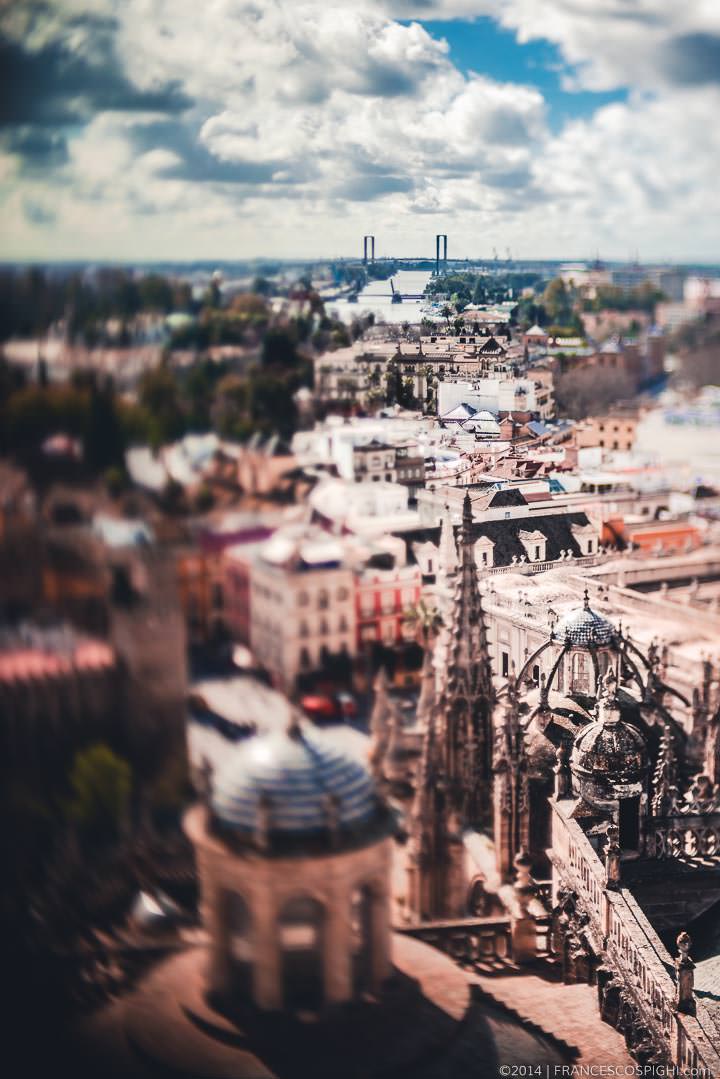
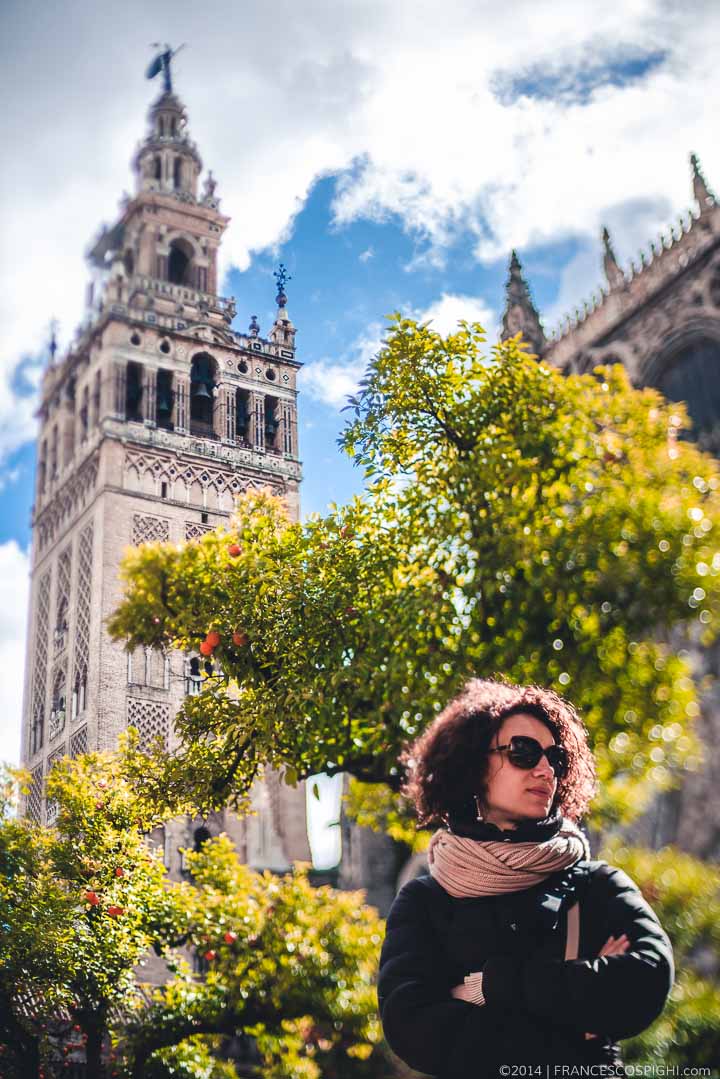

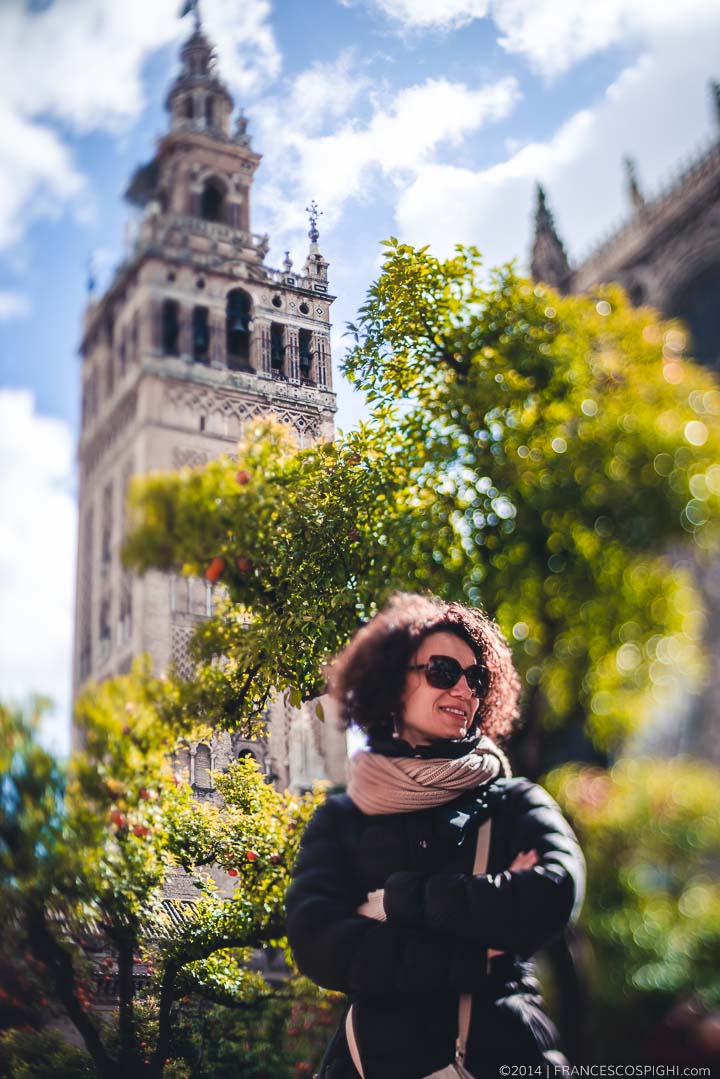
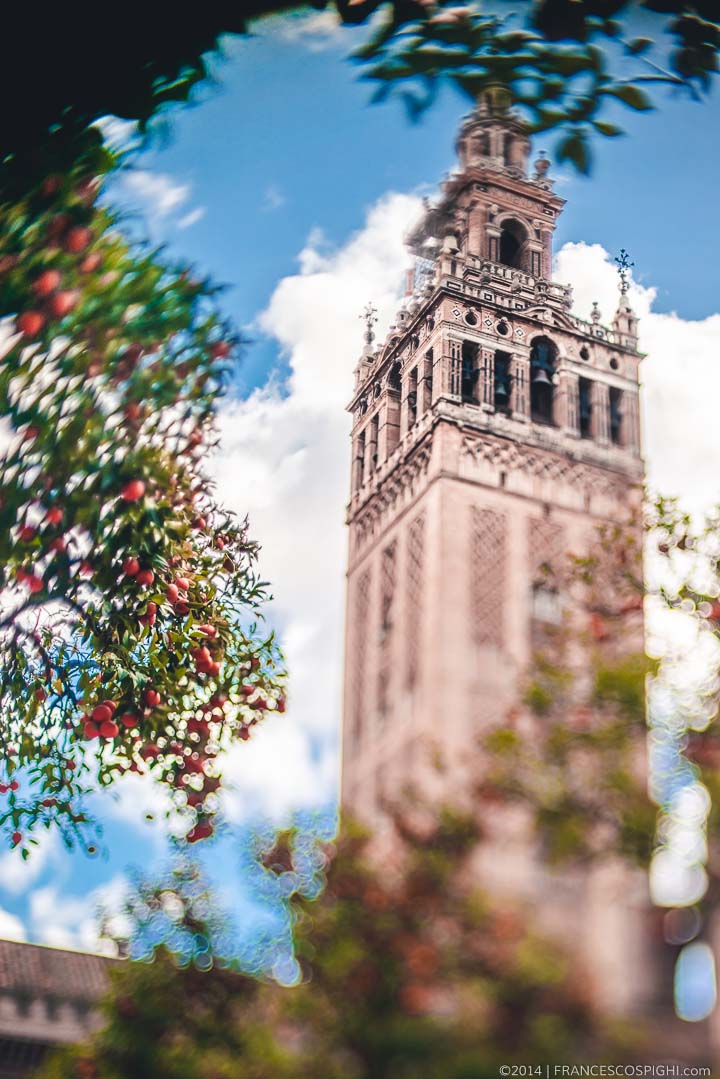
Mi è piaciuto molto come hai allestito il set still-life in luce naturale eheheh
Come l’illuminazione naturale non c’è nulla! 😀 😀
Nice work…and nice technique.
Thanks Jay!! Nice you like it. ^_^
You’re fuckin’ crazy!!!
Non appena trovo un 50mm da seviziare, voglio provare anche io 🙂
How does it work in the end? The lens is not firmly attached to the camera body?
Yes, it must be used detached… 🙂
Francesco, congratulation to your idea and the resulting photographs of it.
Thanks, man. Really apreciated! 😉
Thanks, man. Greatly appreciated! 😉
Creativity at it’s best – bravo!
very nice! just so you know the reason to use a 1.8 aperture lens is because the rear element is much smaller and it gives you a lot more flexibility when moving it around and you can get really extreme effects, and light leaks compared to a 1.2 or 1.4 lens. give it a try! glad you found my write up helpful 🙂
Yes Sam, you’re right! But I usually love to try something different… 😉
More than this, I tried two 50 1,8 some years ago, but I didn’t find something as sharp as this 1,4.
Thank you so much for this tutorial! I’m trying it tonight.
🙂
Nice job! Thank you so much